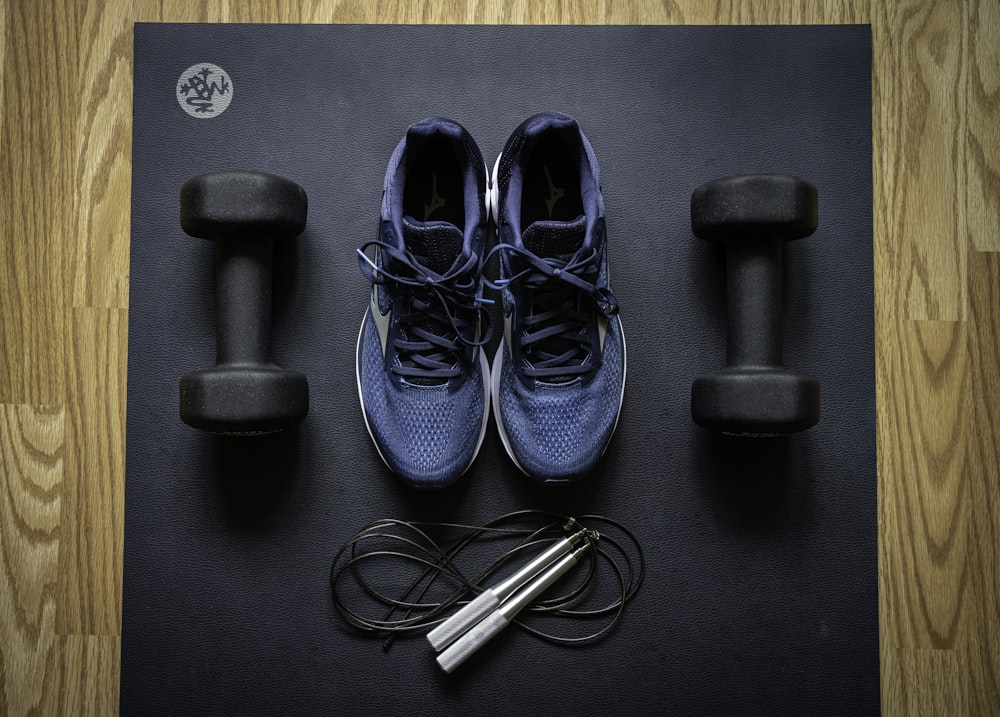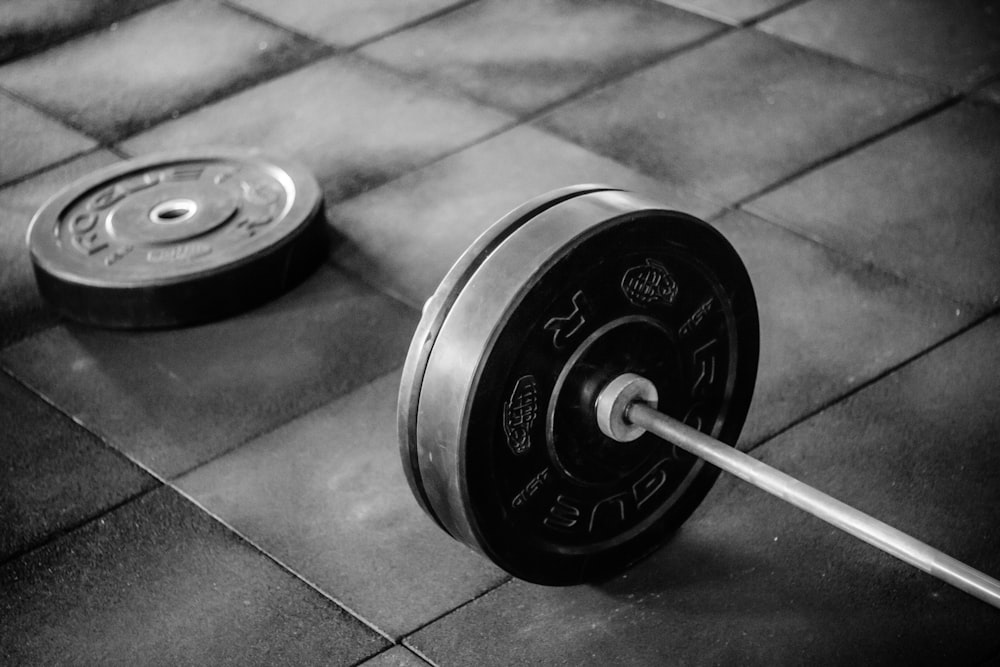
Upper Lower vs. Push Pull Legs
Upper Lower vs. Push Pull Legs splits are some of the best ways to target muscle growth. Which is more effective? Although both the upper and the lower push/pull leg training program have equally effective methods of developing the muscles. They are similar enough that you can choose which one is better based on your own personal preference.
However, if you are more interested in what we have found and would like to educate yourself on our Upper Lower vs. Push Pull Legs findings, keep reading because in this guide, we break down the differences of upper lower vs. push pull legs. We will not only highlight their individual benefits in this article, but their drawbacks so that you can judge for yourself which aligns better with your goals.
Upper Lower vs. Push Pull Legs
splits: Which is more effective?
In an upper lower split, the week is broken down into alternate days of compound exercises. The first half focuses on heavy lifting and exercises the back, chest and shoulders. The other half work in reverse order and focus on HIIT.
For those who don’t know, HIIT means “High Intensity Interval Training.” This takes your cardio workout to different level! You are essentially pushing yourself past your comfort level in your workout and allowing your body to grow at your maximum. You can read more about the benefits of HIIT here.
In a push pull leg split, the week is broken down into a three-day routine where one day is used for pushing exercises such as working the chest, triceps and shoulders, the second day focuses on pulling exercises such as the biceps, and the third day works on the legs such as exercising the quads.
Please read here for more information on the upper lower vs. push pull method.
Benefits and Drawbacks of Doing an Upper Lower Split
Here are a few benefits of an upper lower split:
- It is perfect for beginners. The routine consistently targets the whole body.
- It works on all muscle groups and keeps a healthy balance between intensity and weight.
- Every muscle group is stimulated with 1 to 2 basic exercises. This reduces strain and improves recovery.
The only drawback of an upper lower split is that the exercises can be a tad monotonous. If you do not mind the monotonous exercise to reach your goals, then keep doing what you are doing because they are highly effective.

Benefits and Drawbacks of Doing a Push Pull Legs Split
Here are a few benefits of a push pull legs split:
- It allows variety in the workouts i.e. any push, pull and legs exercise can be followed.
- It establishes extra focus on specific muscle groups so performance is easier to track.
- It is great for bodybuilding as the split can be crafted around a specific muscle group.
The only drawback of a push pull legs split is that the muscle groups are thoroughly exhausted. This means that soreness is inevitable.
Frequently Asked Questions on Upper Lower vs. Push Pull Legs
Does it matter which order I do push pull legs?
No, the order of the push pull legs does not matter. The split is simply done as the name suggests maintaining a standard. You could try your own way of doing the split. As long as it meets the result, the method counts.
Is upper lower split enough?
Yes, an upper lower split may be good enough if your goal is to build muscles. This workout exercises all core muscles and promotes muscle growth within eight weeks of starting.
Final Thoughts
Now that you have a better idea of the differences between upper lower vs. push pull legs split, you can choose the right one. Start today to be a step closer to meeting your goals.
If you have enjoyed this content, please click here for more articles.
